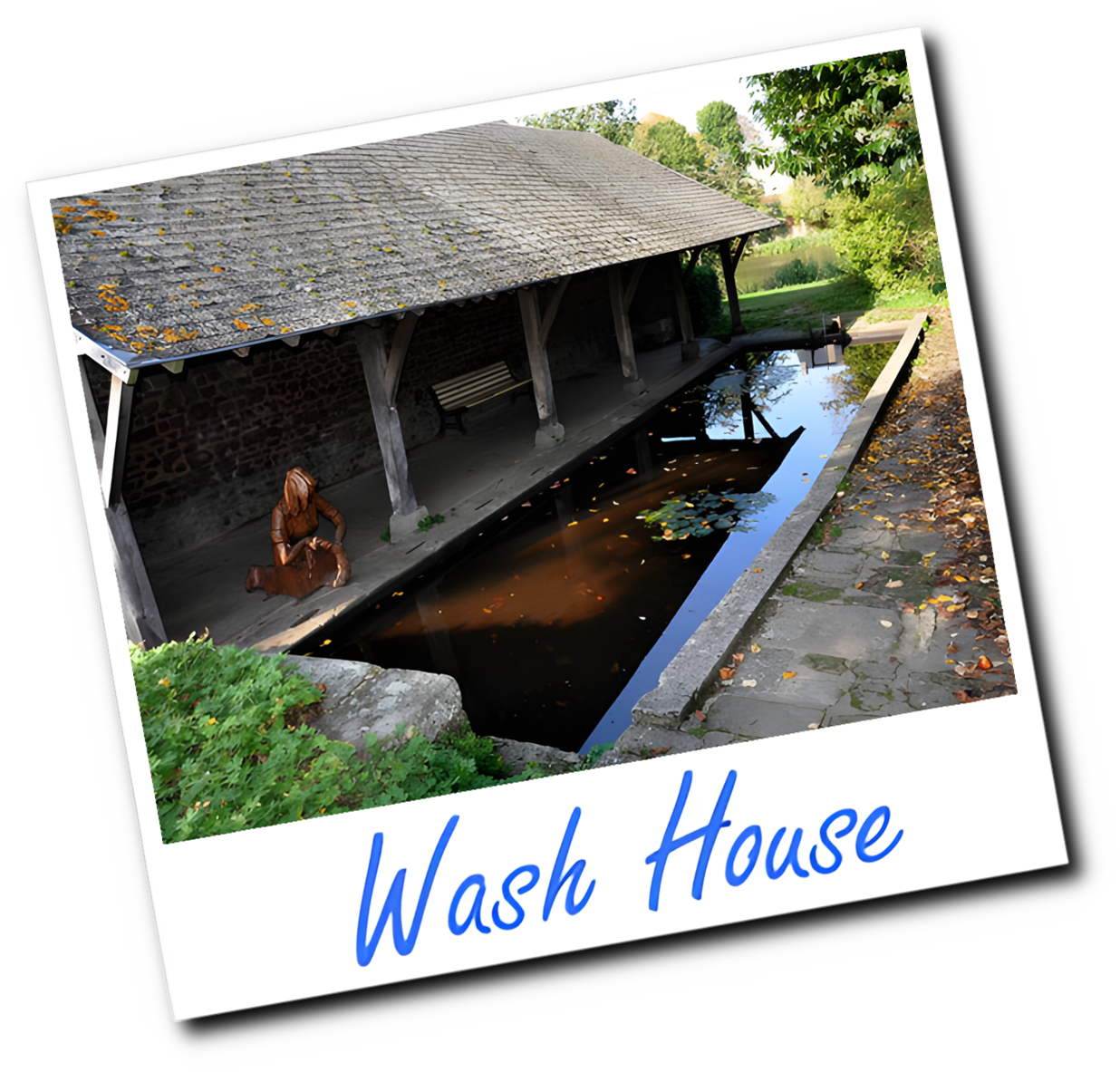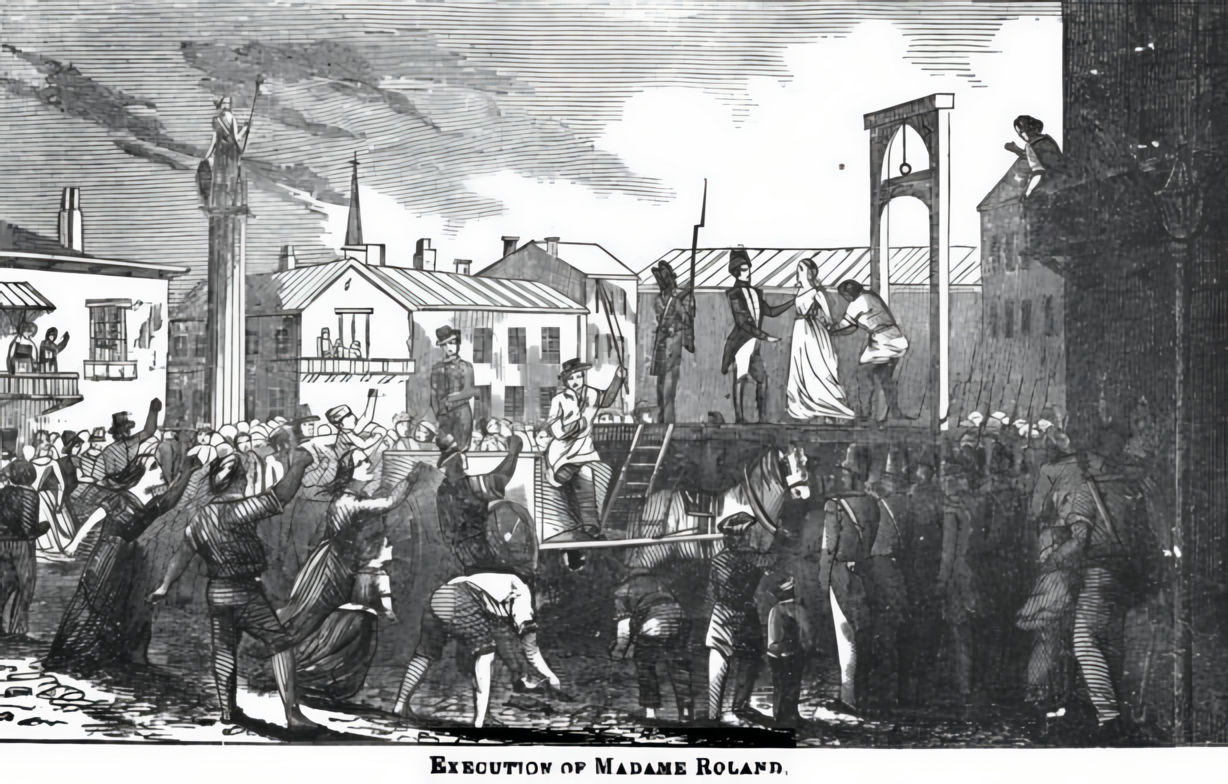
Lassay-les-Châteaux is one of seven “Petites Cites de Character” in the Mayenne,
with a population of less than 3000, it is an ancient market town. There is a market held every Wednesday morning in the town center,
where you can also sit and relax at one of the café / bars with a drink and watch the world go by. As the town has a ring
road there is not too much traffic in the centre of town making it a very pleasant area to enjoy.
Then you can explore the town,
There is The Châteaux, one of the best preserved medieval Châteaux in France,with
its working drawbridge and barbican being just one of its remarkable features, it has
8 massive towers,linked by ramparts and a crenellated curtain wall
The Châteaux is a prime example of 14th and 15th century architecture, an existing
Châteaux was dismantled around 1422 after being badly damaged in the 100 years
war, construction of the present Châteaux began about 1456-1458.
The barbican was added around 1497.
The Châteaux is still in remarkable condition and remains in private ownership, it is a listed historic monument. While the Châteaux is
still lived in, it does open to the public at certain times and various events are on offer throughout the year.

Opening hours:
• Afternoons only from 14h30 to 18h30
• Saturday, Sunday and holidays from Easter to 31st May
• Every day from 1st June to end of September
Tariff
7.50€ for adults, 3€ for children aged over 7, under 7 are free
Allow about an hour for the tour.
This information is subject to change, do check the official site for any changes to price and opening times.
More information can be found on the following:
The Chateaux
Chateau on Facebook
www.tourisme-mayenne.com - Lassay-les-Châteaux

Yet more to see in Lassay
Opposite the Chateaux there is an old salt loft and what was the prison,
a walk round the lake you will find the ancient Lavoir, the wash house, there is also the medieval
garden, formed on the former Benedictine convent grounds, with herb garden, fruits and
vegetables.
Across the road down through the car park is the very nice rose garden, with over 300 variety's of
roses.

Just outside of Lassay-les-Châteaux
There are two other châteaux at Lassay; the Château de Bois-Thibault is probably
the more interesting, the third Château Bois-Frouis little more than a few stones and
a gateway. For those who would like a walk there is more information on our walks page. A pathway leading from near the Châteaux in Lassay town centre to Château Bois-Thibault.

The tourist office of Lassay (tel. 0033 (0)2 43 04 74 33), organises guided visits of Bois-Thibault
château at 15h00 each Friday in July and August, or in September can be
visited when in France certain places are open to the public.
There are several themed walks for those who like walking, please see our walks page for more information, one of which has already been mentioned, then there is the Artists walk and the Sculptors walk or more details of these can be obtained from the Tourist office in Lassay.
FRANCOISE GANDRIAU
THE TOMB OF THE SMALL EMIGREE
Lassay Les Châteaux
Here is the Fateful Story of a young girl Francoise Gandriau aged 16 from Fontenay-le-Comte. On November 23, 1793, a column of the Vendée army arrived at Mayenne to go towards the banks of the Loire, leading in its retinue old men, women, children suffering from malnutrition and disease. Among those who fell on this journey was a 16-17 year old girl from Fontenay-le-Comte, named Françoise Gandriau. She was found by the side of the road starving tired and ill, by a man named Grandin who put her in his cart and took her down to Le Ribay where he met the former Mayor of Ribay, Julien Thuau. Interested and moved by the story of the girl, Thuault took her home to the village of Coulion where his wife cared for her.
Francoise Gandriau remained with the Thuault couple for two and a half months, but the hospitality granted to her was as dangerous to her as to those who gave it to her. Indiscretions were committed, the origin of the young Vendee transpired, and Julien Thuault was denounced by the sworn parish priest Jean Mahé.
On March 2, 1794, the gendarmes, carrying a warrant of arrest, signed by Marat-Rigaudière, of Lassay, burst in Coulion. Francoise is not surprised. She often murmured: "The law condemns me, I will die". She has time to persuade Julien Thuault to flee. Then she follows the gendarmes with resignation. On March 4, the revolutionary commission met in Lassay around Volcler, public accuser. The next day, the girl is sentenced to death...

La Petite Emigrée was guillotined on March 5, 1794 (here, engraving used as an illustration, originally created for Manon Roland). (©DR)
All who have been able to see it are in pity. Her obvious beauty and honesty even moves Marat-Rigaudiere. He imagines saving her and goes to the prison. When he arrives, Francoise is on her knees on the floor, praying. He then suggests to her to say that she is pregnant. Our heroine protests vigorously. She will not buy her life for the price of her honour, nor for that of the scandal that would befall her benefactors. Moreover, the lie horrifies her. A few days later Francoise Gandriau was Guillotined at the bottom of the Place de la Pointe along with 4 other persons. The body was transported on a cart belonging to the citizen Mathurin Gallerie, in the place where we see today her tomb. The popular imagination, which always loves the marvelous, added that when Francoise's body was put on Gallerie's carriage, four vigorous horses had great difficulty in taking her to the place of her burial. It is rumoured that all 4 horses died within the year.
A pit was dug at the corner of this solitary field, which the priest had not even blessed, no. But it was already consecrated by other victims: six innocents murdered by the Revolution, among whom were four ministers of the Lord. It was a worthy companion to this venerable body! This place in now place known as La Lande des Malheureux, under a large oak probably centenary. The Oratory known as La petite Émigrée to, Françoise Gandriau,is now a Stone monument built in 1880 to replace a wooden Oratory destroyed by fire.
Since then this tomb has been worshipped in the 19th century. Several unexplained cures are noted. A belief exists that, if you have an infant who is late in learning to walk, you take them to the Oratory and walk him/her around the shrine and the child will start to walk immediately. It is a place of Pilgrimage for many people. There is a car park with plenty of space to park for you to visit this Oratory.
Cheryl Carter
Translated to English by me, based on information from the following sites many thanks to.
http://mcollot.blogspot.fr/2013/11/la-petite-emigree-conte.html
http://shenandoahdavis.canalblog.com/archives/2013/11/30/28550303.html

